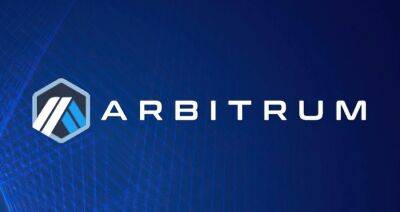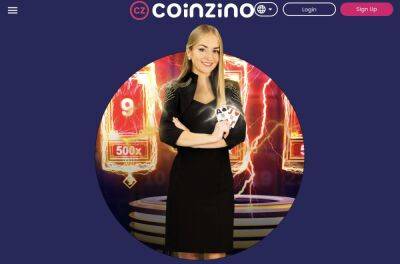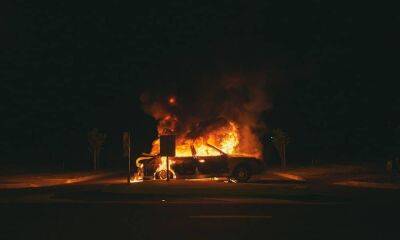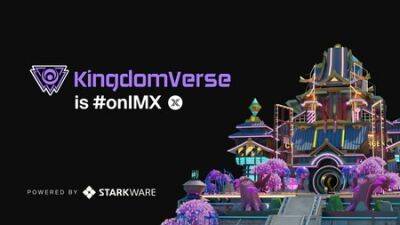Ethereum [ETH] holders bridging to L1 & L2 should read this
The Ethereum [ETH] blockchain, as big as it is, suffers from the challenges of scalability, efficiency, and finalizing transactions.
However, the advent of Layer-one (L1) and Layer-two (L2) came to solve these problems. But little did ETH holders know that more complications appeared as the “solutions” arrived, according to the recent Bankless newsletter .
Read Ethereum’s [ETH] Price Prediction 2023-2024
Tagged as “Your Crypto Is not Safe as You Think,” Bankless focused on how these L1 and L2 protocols have used ETH held by investors rather than storing the alt on the Ethereum mainnet.
Since the mainnet is the origin of decentralized blockchain, Bankless noted that there is nowhere a safer place to hold the cryptocurrency. But why? Well, the mainnet has 514,000 validators and 4655 nodes. With these structures in place, holders might be highly resistant to network attacks.
So why are holders bridging their assets to L1 protocols? Well, it is not a new development that L1 chains like BNB and Solana [SOL] offer enticing yields. So, it is “normal” for ETH holders to transfer their assets to the protocols.
However, keeping ETH on centralized cross-chain and multi-chain bridges puts it at risk. This is because the security of the asset no longer depends on the mainnet but on the bridge security and destination chain.
But not every project seems to agree with the thought. Recently, VoltInu [VOLT], the deflationary token on the Ethereum blockchain, agreed to bridge to BNB.
<p lang=«en» dir=«ltr» xml:lang=«en»>Voltoshi's Message Ⅳ – A Decentralized Deflationary Adoption⚡️44.85T #VOLT (worth $74.5M) will be burned over 5 days ⚡️Polygon listing within 2 weeks ⚡️Volted news and adoption incoming
Read more on ambcrypto.com















